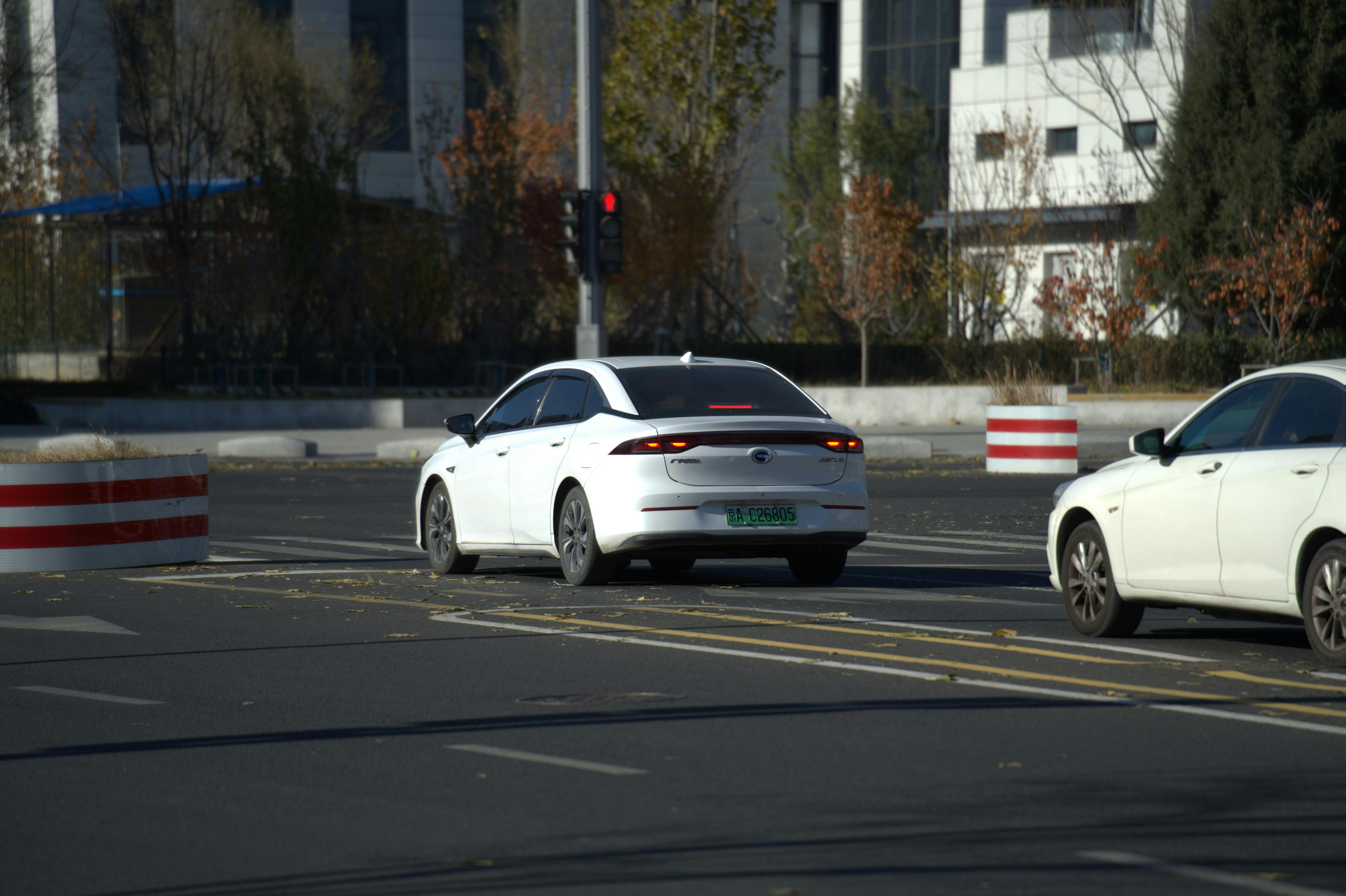How to Drive Eco-Friendly with Today’s Driver Driving School

Eco-Friendly Driving is essential for many, but it contributes significantly to environmental concerns. According to Transport Canada, road transportation is responsible for about 20% of Canada’s greenhouse gas emissions, leading to climate change and air pollution.
However, you don’t need to give up driving to make a positive impact. By practicing eco-friendly driving, you can lower your fuel consumption, reduce emissions, and save money.
Today’s Driver Driving School, a top driving school in Toronto, offers eco-driving lessons to help students drive responsibly while reducing their environmental impact. Here are the key eco-friendly driving tips they share:
1. Plan Your Trips
Combine errands and select the shortest, least congested routes to reduce driving. Public transportation and carpooling also help lower your environmental footprint.
2. Regular Vehicle Maintenance for Eco-Friendly Performance
A well-maintained car consumes less fuel. Regularly check tire pressure, oil, air filters, and fluid levels. Following the manufacturer’s service guidelines also helps improve fuel economy.
3. Drive Smoothly and Efficiently for Reduced Emissions
Avoid rapid acceleration, hard braking, and speeding to save fuel and reduce emissions. Drive smoothly, and use cruise control when possible. Adjust your speed based on road and traffic conditions.
4. Shift to Higher Gears for Fuel-Saving Driving
Shifting to a higher gear lowers fuel consumption and engine strain. For automatic cars, use overdrive mode to improve fuel efficiency.
5. Turn Off the Engine for Eco-Friendly Driving Efficiency
If you’re stopped for more than 10 seconds, turn off your engine to save fuel. This reduces unnecessary fuel consumption and helps protect the environment.
6. Minimize Load and Reduce Aerodynamic Drag
Excess weight and drag from roof racks or trailers can increase fuel consumption. Keep your car’s load light, and opt for a trunk-mounted carrier to reduce drag.
7. Use Air Conditioning Sparingly for Eco-Friendly Fuel Efficiency
Running the air conditioner increases fuel use. Only use it when necessary, and avoid using it at high speeds, as it creates additional drag.
8. Monitor Your Fuel Efficiency for Eco-Friendly Driving Insights
Track your fuel usage to understand your driving habits. Tools like Natural Resources Canada’s fuel consumption calculator can help you assess your fuel efficiency and make improvements.
Learn Eco-Friendly Driving at Today’s Driver Driving School
By following these eco-driving habits, you’ll reduce your environmental impact and save money. Today’s Driver Driving School provides lessons that teach eco-friendly driving and other essential safe driving skills.
To book your lesson, visit Today’s Driver Driving School or call (416) 888-2318. Start learning to drive in an eco-friendly way today!
? Explore More:
? Useful External Resources:












